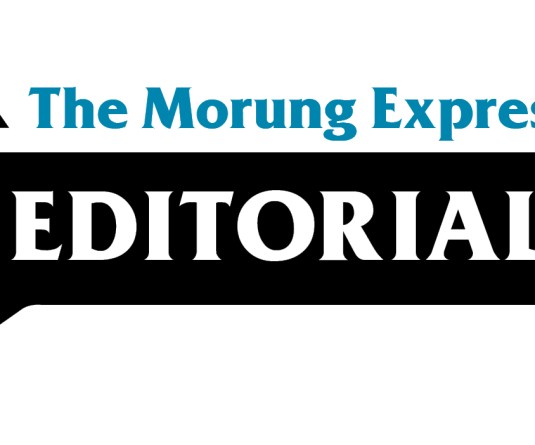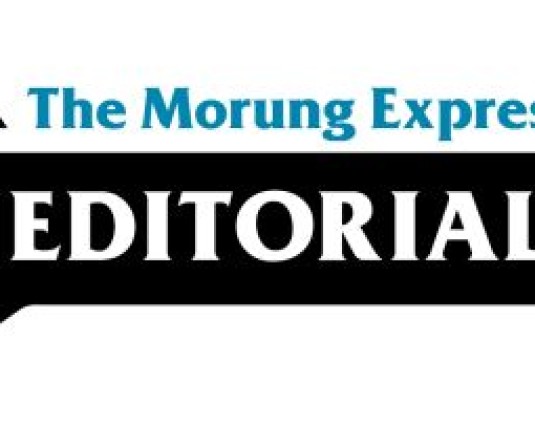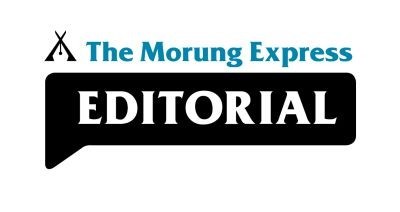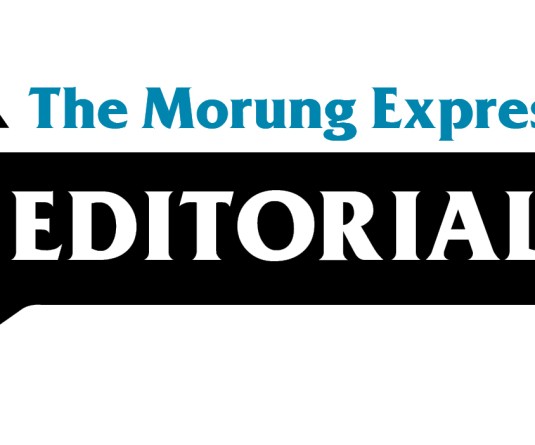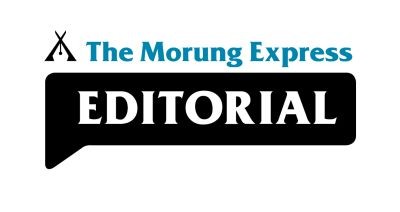
All eyes will be on Chief Minister Neiphiu Rio, who also holds the Finance portfolio, when he walks into the Legislative Assembly on Monday to presents the budget for the year 2006-07. Although the Annual Financial Statement of the State government has never attracted the kind of attention from onlookers and the media here in Nagaland, it does constitute an important calendar event that more or less defines how money will be spend and also the amount that different heads will get to utilize. While the expenditure side of the budget would call for greater discipline in terms of avoiding unnecessary waste, it is hoped that the government machinery is prepared to generate commensurate revenue to go along with the current expenditure accrued to the State exchequer. Unless revenue collection improves, problem of mounting deficit will only grow.
While the Annual Plan outlay for Nagaland for the year 2006-2007 has been fixed at Rs. 760 crores, which includes onetime special assistance of Rs.65 crores for projects of special interest to the State, hopefully the Finance Minister will judiciously allocate the money keeping in mind the all round development of the State. A balanced growth is necessary for the harmonious development of all regions. Unless this aspect is taken into account, Nagaland will continue to present a picture of extreme variations, district wise, in terms of indicators of economic growth such as per capita income, proportion of population living below the poverty line, urbanization and industrialization. This lopsided development aspect will hopefully be corrected in today’s budget.
The State government should also make sincere efforts to adhere to the provisions of the Nagaland Fiscal Responsibility and Budget Management Act, 2005. As already pointed out by Rio himself during the current session, the government is obligated under the Act to maintain the revenue surplus, to bring down the fiscal deficit to 3 per cent of GSDP by March 2009, to bring down the debt liability and to contain salary expenditure. To achieve these objectives, the government which is already sitting on a total accumulated debt of Rs. 2895.71 crores would have to gradually reduce fresh borrowings.
Since a major part of the State resources is being drained out owing to salary payment of government employees as also the burden of overstaffing, the three corrective measures announced by the Chief Minister earlier—ban on creation of new posts, inter-departmental transfer of existing manpower, Voluntary Retirement Scheme (VRS)—should be implemented both in letter and spirit rather than remaining a mere paper exercise. On top of all this, good governance, fiscal discipline and strengthening delivery system will remain the key for a holistic development across the spectrum of people and districts. At the same time, tax revenue collection and other resource mobilization has to improve a great deal to bridge the yawning gap between revenue and expenditure.


